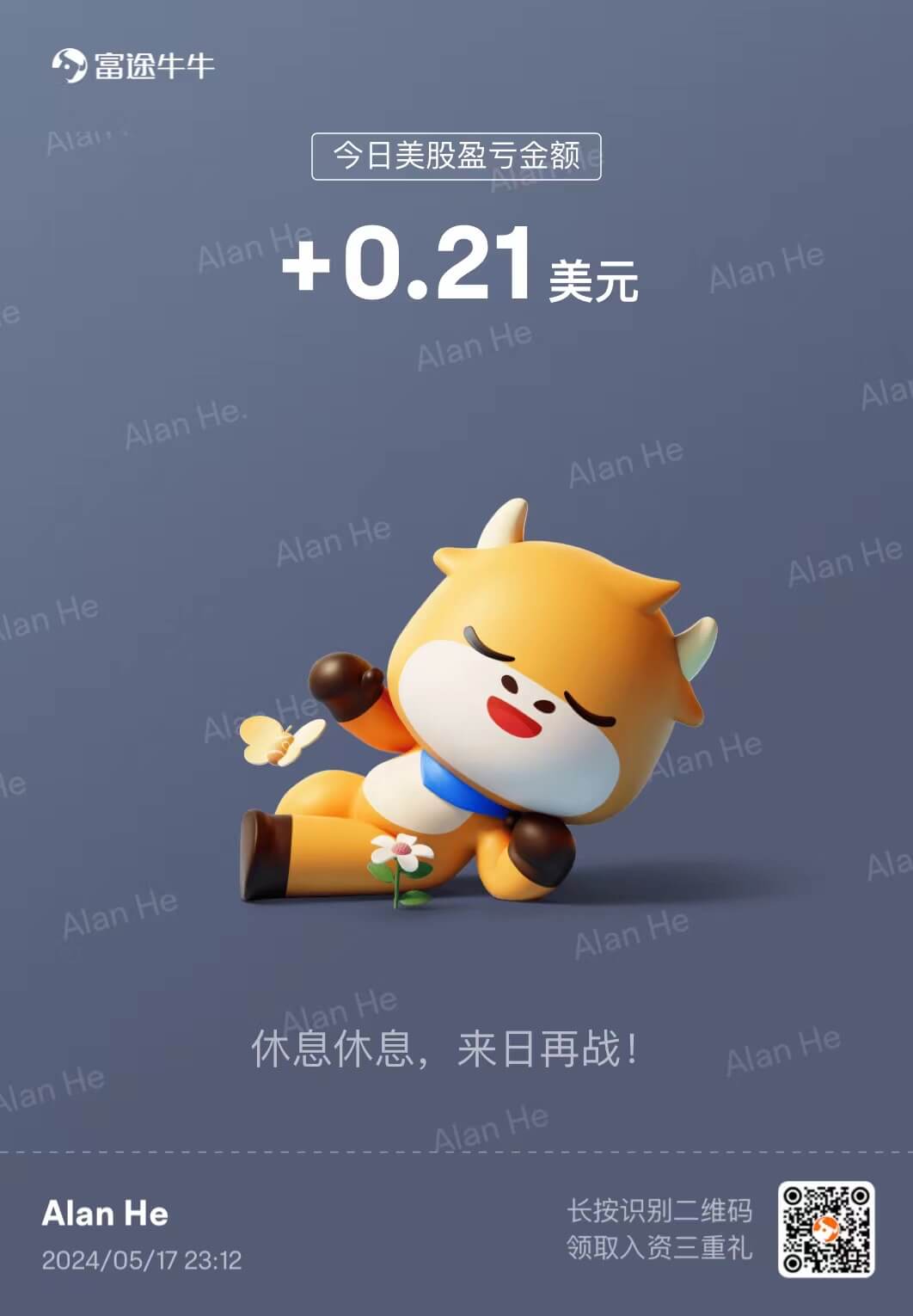I had previously set up a Hong Kong bank card and Futu account but never used them. Recently, I tried it out with a learning mindset. Here I’ll document the process.
Futu Account + Hong Kong Bank Card Setup
I had already set these up due to company-related reasons.
- Hong Kong bank card - I went with CITIC Hong Kong
- After activating the Hong Kong card, you actually have 3 currency accounts: HKD/RMB/USD
- Futu account opening
- Both U.S. and Hong Kong stock accounts activated
For specific application procedures, see CITIC Bank Hong Kong Card Application
Depositing Funds
Since this was my first time, I did some exploring.
Depositing for Hong Kong Stocks
Hong Kong stocks are settled in HKD, so you can directly deposit from your Hong Kong card’s HKD account. I activated eDDA Quick Deposit for this. Personally, I find it very fast - just a matter of seconds - and there are no handling fees.
Depositing for U.S. Stocks
Here you can transfer from your Hong Kong card’s USD account to your Futu U.S. securities account, but I’m currently still depositing to my Hong Kong stock account and then exchanging currencies.
Currently, currency exchange seems to be slower, taking at least a few minutes, but it’s acceptable.
Depositing for Japanese Stocks
Futu now supports Japanese stock trading. App > Market > Select any stock > Click Trade, and you’ll be prompted to open an account. Follow the prompts to open an account.
After successfully opening an account, you’ll have an additional comprehensive account in your account list, and you can directly deposit funds. Similar to USD, you can directly use currency exchange.
Withdrawals
Withdrawals are also very simple - just withdraw funds directly to the corresponding Hong Kong card account.
Currently, there are no handling fees, but funds arrive only on working days. After initiating a request, the funds enter a frozen state until the withdrawal is successful.
Other Issues
Profit and Loss Sharing
I often see other people’s sharing images, like the one below.

The operation path is as follows: click on the U.S. stock account, then click the share button

Can’t See Japanese Stock Category in Watchlist
The watchlist categorizes stocks you’re following, so you need to select any Japanese stock to see the Japanese stock classification. The same applies to other markets.
W-8BEN Form
After opening a U.S. stock account, you need to update your information periodically, so pay attention to emails and app messages. For example, I received the following message requiring an update through the app. Note that you must present the original ID document.
Your W-8BEN form signed with Futu Securities (Hong Kong) will expire at the end of this year. The W-8BEN form is used to confirm your non-U.S. tax status and needs to be reconfirmed every three years.
Additional Information
CNH
CNH is offshore RMB, while CNY is onshore RMB. The “H” refers to Hong Kong, which was the first offshore RMB market, so CNH became the abbreviation for offshore RMB. Of course, now offshore is not limited to Hong Kong but includes other countries as well.
Stock Connect
Stock Connect refers to Shanghai-Hong Kong Stock Connect and Shenzhen-Hong Kong Stock Connect collectively, serving as a bridge connecting mainland and Hong Kong stock markets.
Conclusion
Compared to A-shares, U.S. and Hong Kong stocks have both greater risks and returns, but they offer a good learning opportunity. Let’s encourage each other.

